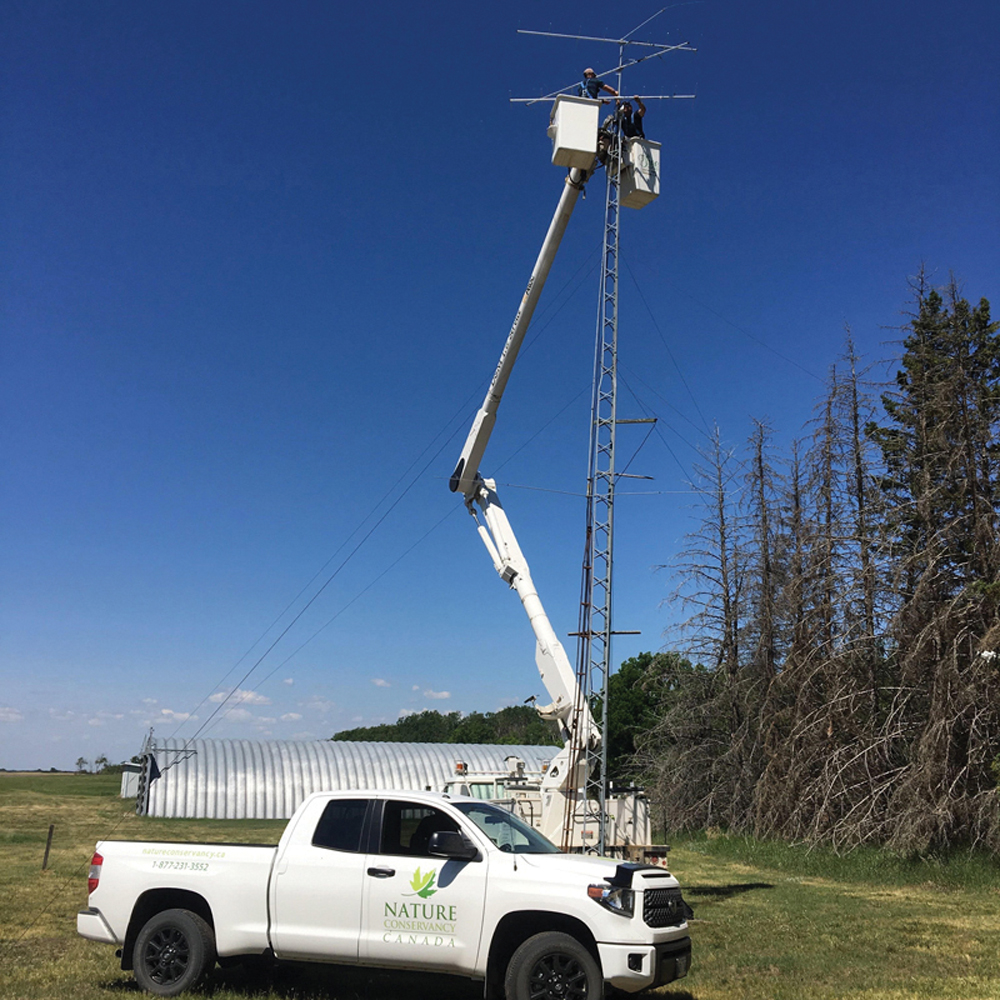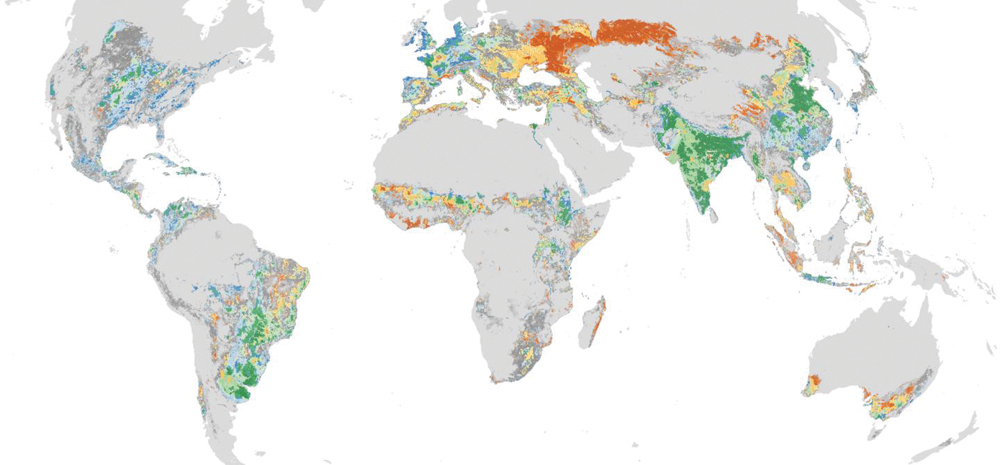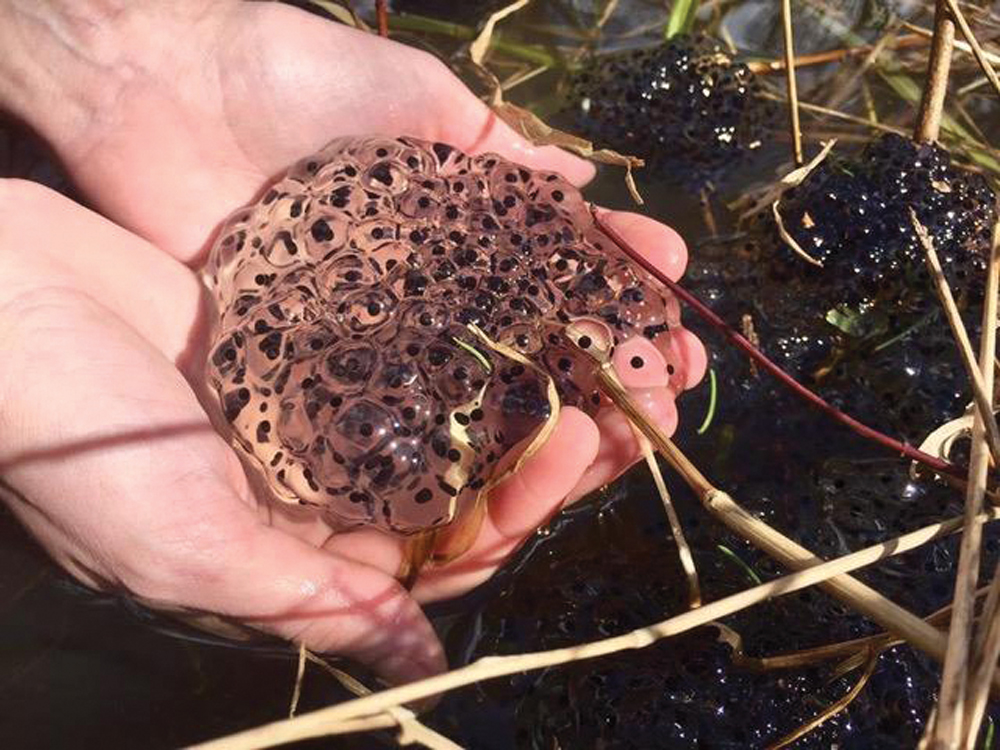As in so many locations across rural Manitoba, the small sloughs that once dotted farmland had virtually disappeared in the Rural Municipality of Dufferin by the late 2000s.
“Every quarter section used to have a slough, and some maybe two. Now I think there’s one slough left east of Hwy. 13 in the RM of Dufferin,” said Fred Dunn, a Stephenfieldarea cattle producer and veteran councillor.
Where the remainder lie are in the municipality’s northwest. It was that pending loss of more, combined with the increased overland flooding that prompted the officials to start looking for ways to preserve what wetlands remain.
Read Also

Giant Canada geese have gone wild in Manitoba
Giant Canada geese are seemingly everywhere and can be fine table fare for local hunters, but 70 years ago, they were borderline extinct.
They’d been observing how changing farm practices were already overwhelming the municipality’s existing network of municipal and provincial drains, said Dunn.
“And everyone is asking for more drainage. It got to the point where we didn’t have anywhere to put it anymore.”
Could they mitigate the problem by paying local farmers not to drain wetlands, thereby holding back water during times of spring melt and heavy rains? councillors wondered.
Last spring the Dufferin council rolled out its Dufferin Wetlands Tax Credit Program.
The idea behind it is that preserving local wetlands would reduce the risk and severity of flooding by holding water then slowly releasing it onto the land. Research has shown that draining wetlands only leads to faster run-off.
Dufferin saw a small investment in prevention having bigger benefits down the road and budgeted $10,000 of local revenues for the program, with an eye to finding enough landowners to sign on 250 acres. A three-year contribution of $15,000 from the La Salle Redboine Conservation District helped top up the offer.
Dunn’s door knocking resulted in 35 landowners signing on 365 acres. The municipality offered $40 per acre for every acre of identified wetland a landower agreed to keep. The same offer is on the table to anyone willing to reestablish wetlands previously drained.
The offer was refused in only one case, says Dunn. Also notable was everyone else agreed to this during one of the wettest years in memory, he said.
“If you can convince people to hold water when it’s that wet (as it was last year), they understand what it’s all about,” he said.
Part of the appeal is that this is a renewable three-year agreement between farmers and the RM, placing no caveats on properties. “We kept it simple,” he said.
But it’s seen as a practical approach that strikes most as common sense. As much as 70 per cent of all wetlands are gone in this municipality – a percentage seen across the entirety of the country – and with it the flood protection they offered.
“And we are feeling the effects of it,” said Dunn.
“If everyone had a slough on every quarter section we probably wouldn’t have flooding problems, because everyone would hold a percentage of the water. It’s nothing but common sense. But if everybody wants to drain every acre, that’s when we’ve got problems.”
The RM of Dufferin sees the investment additionally paying off by reduced road and drainage maintenance due to flood damage, as well as lowered disaster assistance claims.
Reduced run-off also means less erosion and loss of beneficial soil nutrients. In the bigger picture, wetlands additionally can help to capture and filter pollutants now running into streams and lakes and creating algae blooms and other water-quality problems. They are also important wildlife habitat.
“What we really want to do is prove that this could be done,” said Reeve Shawn McCutcheon, adding that the municipality continues its discussions with the province about securing additional funding to financially bolster the initiative.
“We feel that we could probably at least double the number of acres if we had more dollars available to us,” McCutcheon said.
“Our goal would be to expand it. Then we might see some longer-term benefits, and not only in preserving wetlands.”
Dufferin’s drainage-alternative project is one of seven municipal initiatives up for a 2011 Municipal Award of Excellence this spring.
This is the seventh year the AMM will present an award to a municipality whose initiatives demonstrate best practices in areas of municipal planning and development.
Another project in the running is the RMs of Langford’s and Lansdowne’s community pasture conservation easement agreement, the largest conservation agreement in Manitoba’s history that will protect 9,822 acres of municipally owned native grassland in the Langford community pasture.
The award will be announced at AMM’s Manitoba Officials Seminar in Brandon this week.
———
“It’snothingbut commonsense.But ifeverybodywants todraineveryacre, that’swhenwe’ve gotproblems.”
– FRED DUNN, RM OF DUFFERIN COUNCILLOR














